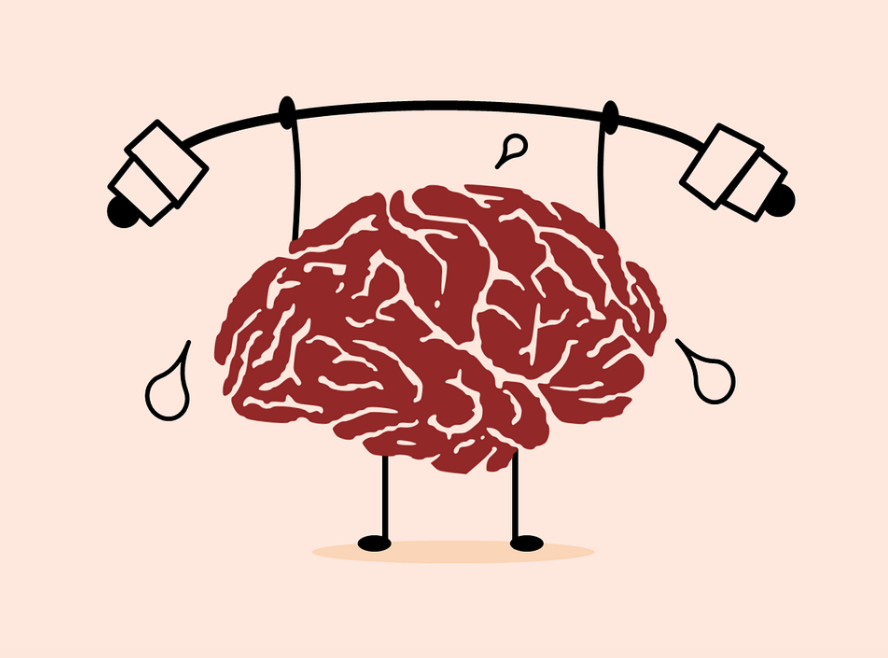Blue Whale game resurfacing demonstrates need for stronger mental health support in schools
Graphic by : Giselle Oldani ’22
Mental health disorders are experienced by 20% of children and adolescents; yet, Staples is seriously lacking in providing support for students.
Watch a horror movie in the middle of the night. Cut your lip. Jump off a high building. These are the tasks of the online suicide game Blue Whale, that originated in Russia in 2016. Although there have been only a few suspected cases in the US, the game has run rampid in several other countries, and has been linked to at least 130 cases across Russia alone.
The game is composed of 50 tasks over a 50 day period. The tasks become increasingly more intense with the final task of taking your own life. The administrators, who will threaten to release victims personal information online if they refuse to continue playing, find their victims through stalking accounts on different social media such as Instagram and Facebook. These accounts have appeared once again, under the pseudonym “Jonathan Galindo”.
In light of the possibility of even more tragedies, the issue of mental health among children is begging for attention and action. The most accessible way for children to receive support is in school.
Fortunately, there is no reason to panic. This is a game that gives a child the decision of whether or not they want to play. The only problem is that many children, most likely those who are depressed or mentally-ill, will use this game as reasoning for their harmful thoughts/actions. These children usually have unstable family situations and are isolated from society. They feel they have no place to go, and so this game, preying on their vulnerability, reels them into it’s trap. Blue Whale cannot win anymore. Students should not feel emotionally alone anymore.
In my almost three years of attending staples, I have not heard about a single event regarding mental health awareness or a place to go for mental health support. I have attended one meeting with my guidance counselor in the past year and we exclusively talked about grades.
The school has taken no significant stance on mental health disorders, an experience that affects one in six US children aged six through 17. Connecticut overall is in the third quartile of the percentages of children who do not receive care for these disorders. Schools hold a moral responsibility toward the well-being of their student body and it is time for Staples to start taking meaningful action on one of the most prevalent issues that affects theirs.
If there are any mental health programs at school, the administration must raise awareness of those programs through announcements, the school website and connections. When school keeps mental struggles taboo, students will never feel comfortable or encouraged to seek out the help they need. There should also be a focus on recruiting an adequate amount of trained school counselors. These counselors can work on establishing a long-term aid program through continual research-based professional development.
In 2018, the Oklahoma district launched the Project AWARE (Advancing Wellness and Resiliency in Education) grant for $8.6 million over five years. The grant provided prevention, intervention and treatment services to three districts. One result of the program was the addition of a licensed mental health professional and community manager in each district. Oklahoma is a perfect example of how Staples can generate the funds needed for this support through community partnerships.
Treatment for mental health issues not only results in a happier, more comfortable student body but also in a student body that is more likely to flourish academically. For the success of students in all aspects and the reputation of the school itself, mental health aid is a necessity at Staples High School.

Journalism has always been a passion for Web Managing Editor Giselle Oldani ’22. To her, Inklings is an opportunity to do good in the world.
“There’s...














































![[Dec. 2016 Features] Misunderstood Gamers combat stereotypes by reaping psychological benefits of video games](https://www.inklingsnews.com/wp-content/uploads/2017/01/videogamezz.jpg)






